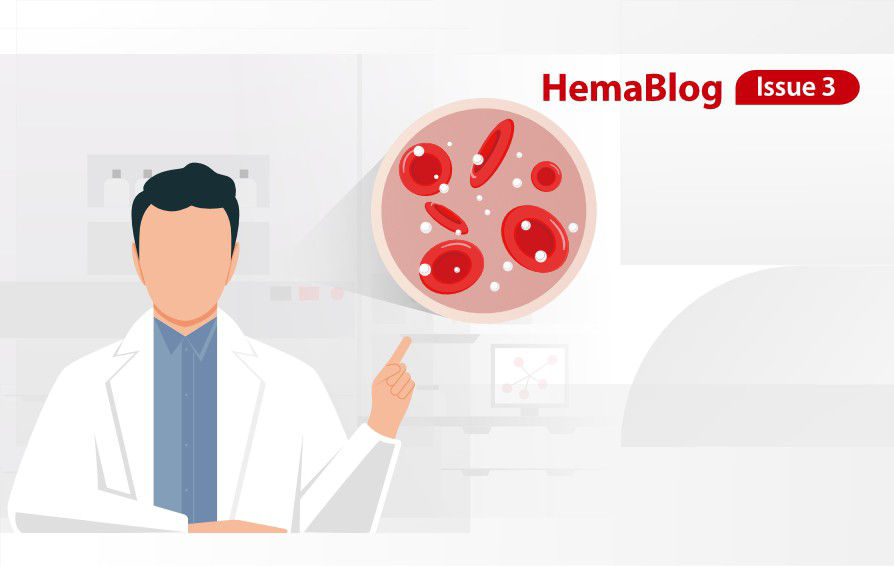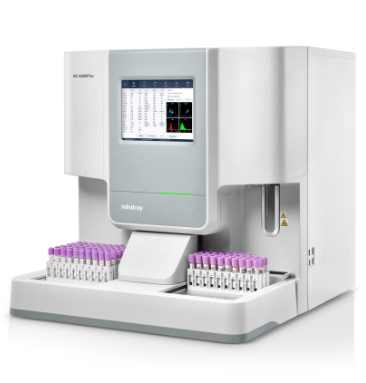Clinical information
A 37-year-old male patient sought medical assistance at the hospital due to persistent asthenia, soreness in both lower limbs, as well as discomfort in the left hand and left shoulder. Subsequently, he was admitted to undergo diagnostic procedures for acute lymphoblastic leukemia (ALL).
CBC results
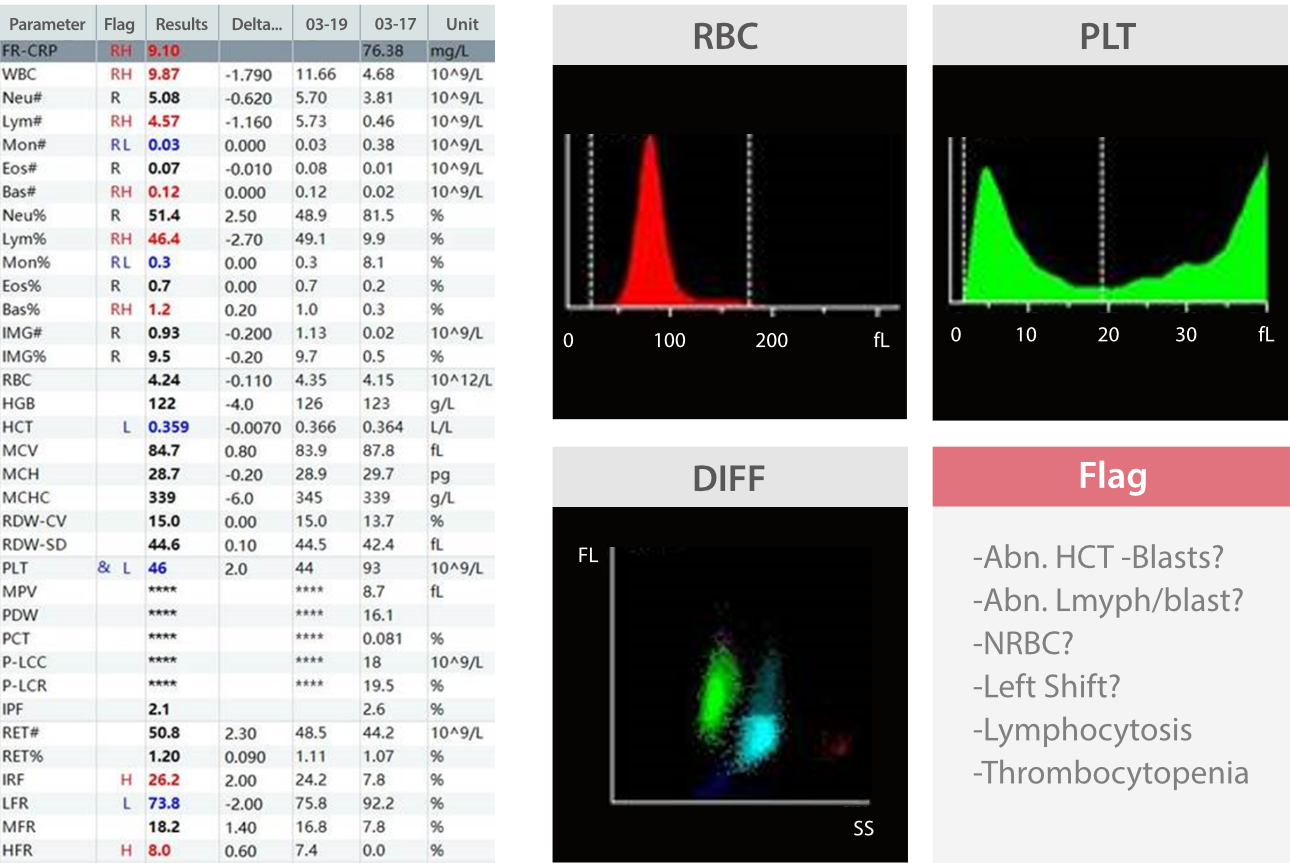
The patient's white blood cell (WBC) count and differential were within normal ranges, as were the red blood cell (RBC) parameters. However, the patient exhibited a low platelet count (PLT).
On the DIFF scattergram, there was an extension of neutrophil particles towards the high-fluorescence region, indicating the presence of immature granulocytes. The lymphocyte region appeared significantly dense, with some particles extending towards the high-fluorescence region. The instrument indicated poor reliability in classification.
As a result, re-examination rules were triggered, and the slides were thoroughly re-examined and the images reviewed.
Peripheral blood morphology examination
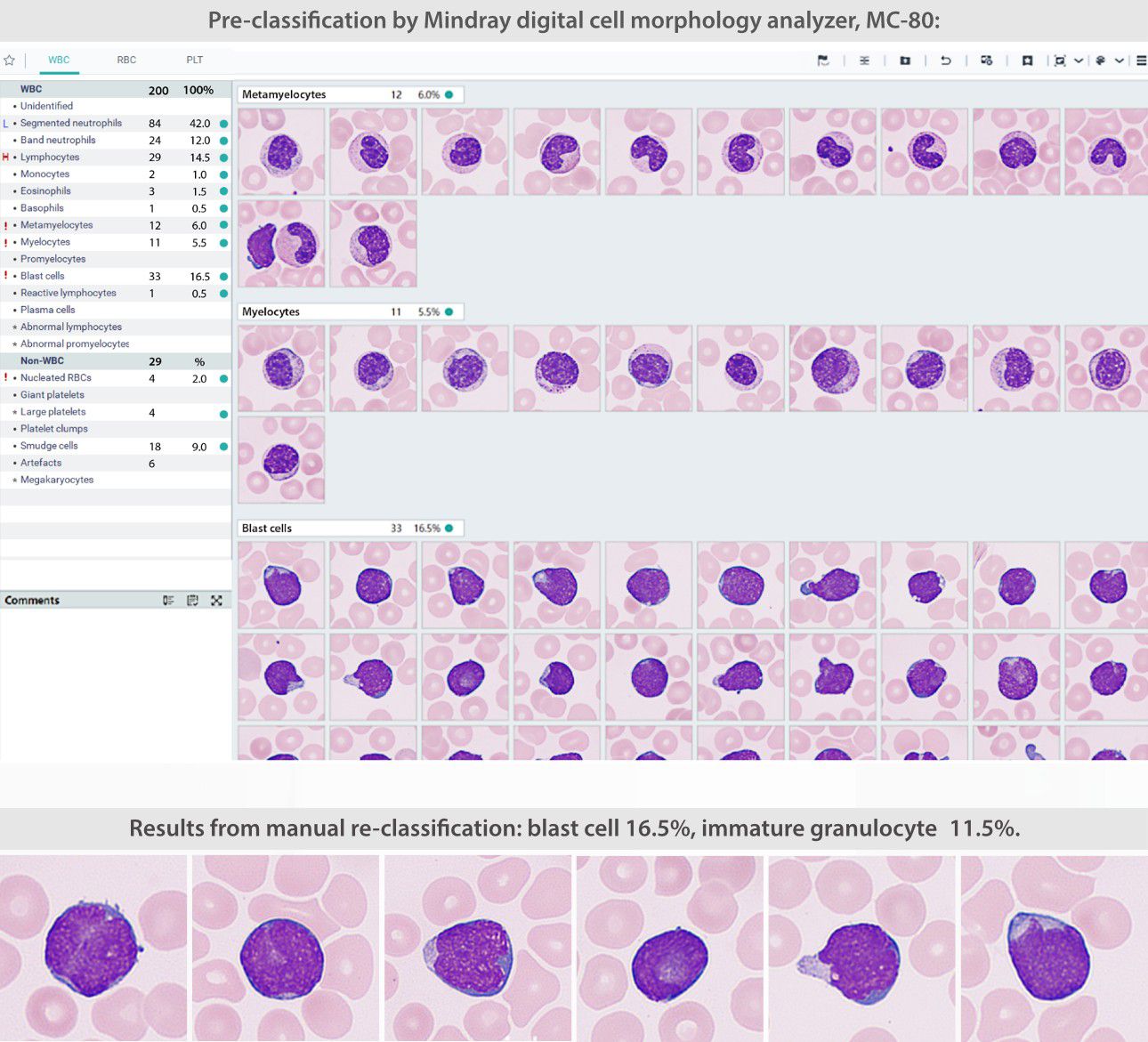
Case analysis
This is a case of a patient who has undergone treatment for acute lymphoblastic leukemia (ALL).
What is Acute Lymphoblastic Leukemia (ALL)
Acute lymphoblastic leukemia (ALL) is the most common type of cancer in children, accounting for 75-80% of childhood leukemias. It is characterized by two peaks in incidence: one occurring in children aged 2-5 years and the other in individuals aged 50 years or older.
According to the WHO Classification of Hematological Malignancies (2001), Burkitt's lymphoma and ALL-L3 are two stages of the same disease. In most newly diagnosed patients, there is a significant increase in peripheral white blood cells (WBCs), normocytic anemia, decreased platelet count, and a high ratio of myeloblasts and promyelocytes. The scattergram typically exhibits a distinctive baseball bat shape (Figure 1).
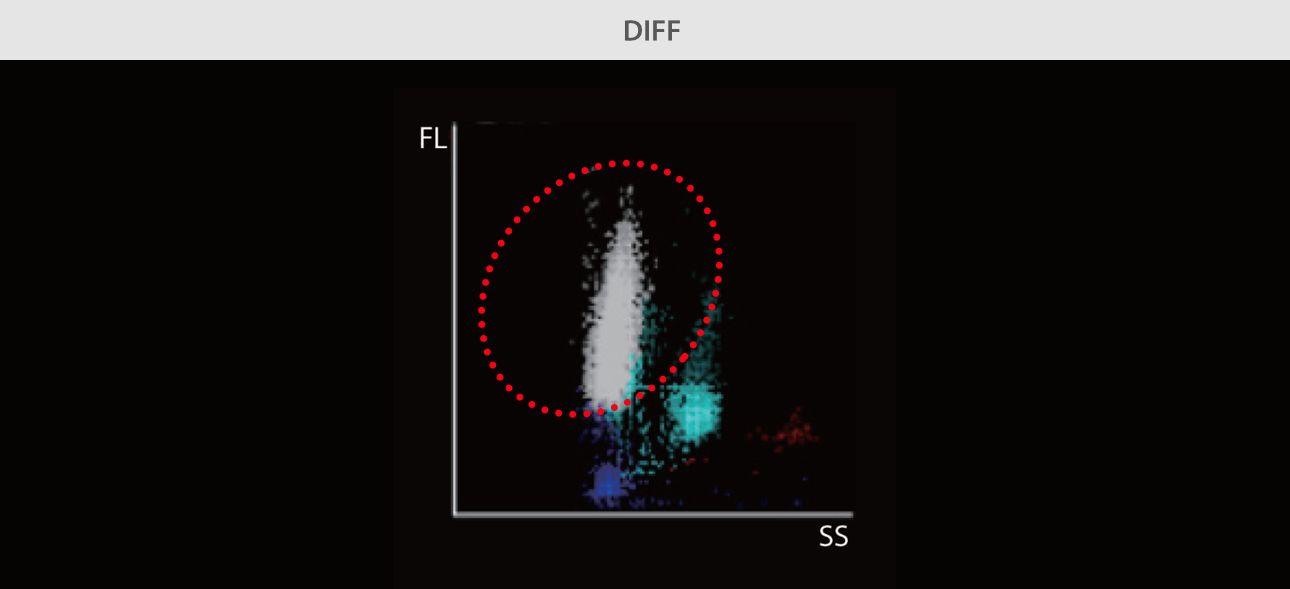
However, in post-ALL-treatment cases, the abnormal lymphocytes decrease, resulting in the absence of typical scattergram characteristics (Figure 2).
Therefore, alongside the scattergram analysis, it is crucial to give attention to instrument alarms. An excessively high WBC count at the initial disease onset often indicates a poor prognosis.

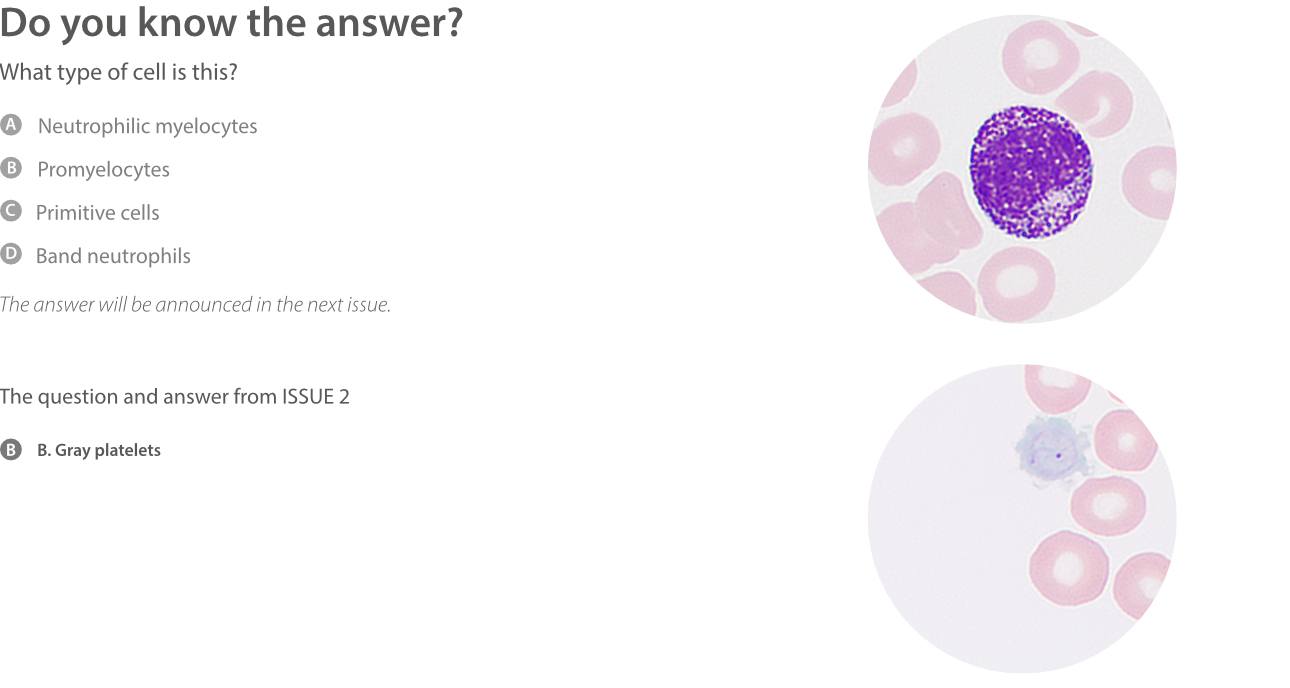
Call for case studies
- Do you want to share your case with us? We will share your case in the upcoming issues with acknowledgement.
- IVD Cases: You are recommended to submit any typical, misdiagnosed, special or rare cases that received a definite diagnosis or successful treatment. Cases that involved effective communication between the laboratory and clinical departments are particularly encouraged.
- Format: You are required to include four sections in your entry: "Case Introduction, Case Details, Case Analysis, and an Executive Summary". The Case Details section must include: primary medical history, positive/negative test results that aided in the diagnosis, and the diagnosis and treatment process.
- Please submit your entry in a Word document (in English) by sending it to hoishan.kwok@mindray.com by December 5, 2023.
- The email should come in a subject that reads: country+name of the entry + name of the applicant.
